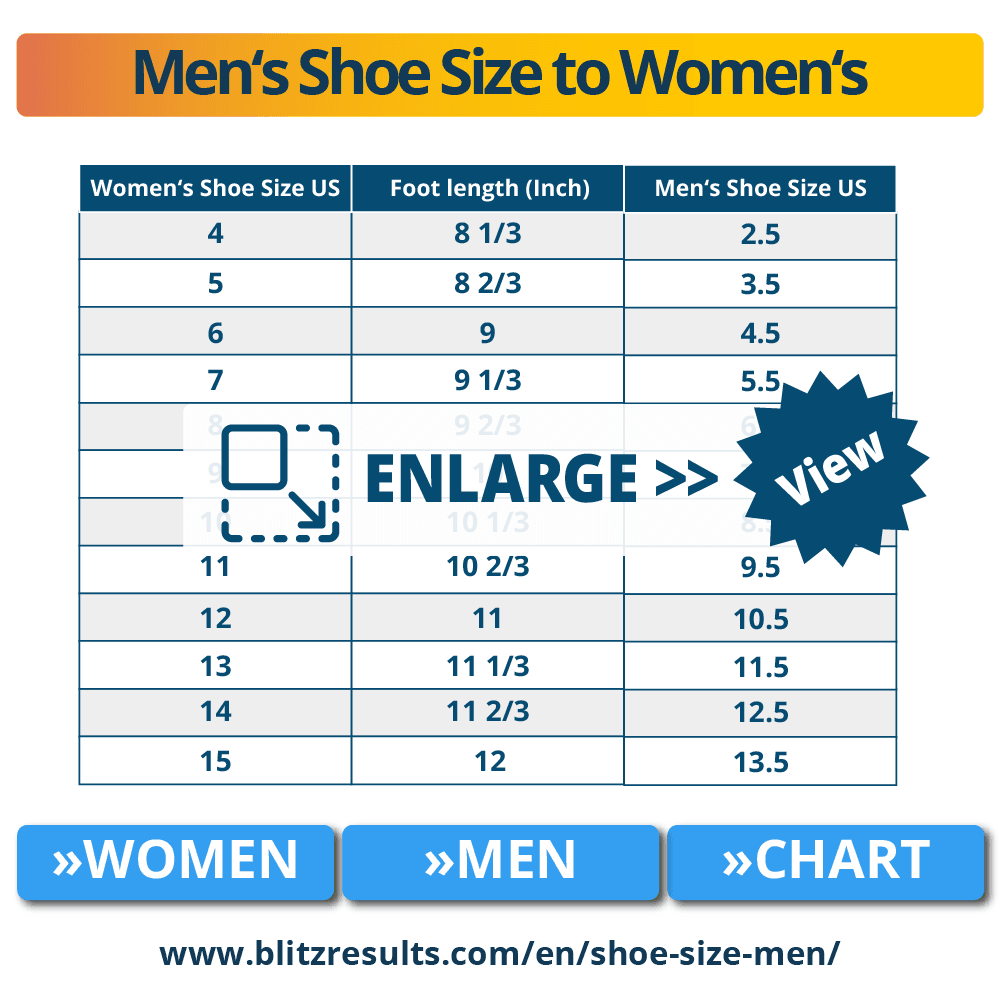Understanding Shoe Size Conversions
The world of footwear can be quite complicated, especially when it comes to size conversions between women’s and men’s shoes. Many women who wear size 9 shoes often find themselves puzzled about what that translates to in men’s sizing. The general rule of thumb is that a woman’s size is approximately 1.5 sizes larger than a man’s size. This means that a woman’s size 9 would typically convert to a men’s size 7.5. However, wearing the right size isn’t just about the number; the fit and comfort of the shoe can vary greatly based on the brand and shoe style.
Why Shoe Size Matters
Wearing the correct shoe size is crucial for various reasons. Firstly, it affects your comfort level. Ill-fitting shoes can lead to a series of foot problems including bunions, calluses, and even conditions such as plantar fasciitis. Secondly, wearing the wrong size can affect your posture and walking gait, ultimately impacting your overall health. A good shoe provides the necessary support and stability during daily activities.
Real-World Footwear Experiences
Case Study: Lisa’s Journey to Find Her Perfect Fit
Lisa, a 32-year-old graphic designer, often struggled with finding shoes that fit her correctly. She typically wore a women’s size 9 but had trouble with some brands that ran small. After a thorough examination of her options and seeking advice from a local shoe boutique, Lisa discovered that her ideal fit in men’s shoes was size 7.5, which allowed her more room and comfort for daily wear. This experience exemplifies the importance of trying on shoes and being open to different sizes across various brands.
Size Conversion Charts
Women’s to Men’s Shoe Size Conversion
| Women’s Size | Men’s Size |
|---|---|
| 8 | 6.5 |
| 8.5 | 7 |
| 9 | 7.5 |
| 9.5 | 8 |
| 10 | 8.5 |
From the table above, it’s evident that the conversion ratio stays consistent for most sizes. However, it’s always beneficial to check individual brand size charts, as sizing can differ.
Tips for Finding the Right Shoe Size
1. Measure Your Feet Regularly
Foot size can change over time due to various factors including age, weight gain, or pregnancy. It’s a good practice to measure your feet at least once a year. You can do this at home or at a local shoe store that offers measuring services.
2. Know Your Width
Shoe sizes aren’t just about length; width is equally important. Women’s shoes typically come in a range of widths (narrow, medium, wide), while men’s shoes have similar options. Make sure to take your foot width into consideration when selecting a size.
3. Try Before You Buy
Whenever possible, try on several pairs of shoes in-store. Walk around, jump a little, and pay attention to how the shoes feel. If you’re shopping online, check the return policies to ensure you can exchange or return the shoes if they don’t fit well.

Product Highlights: Best Men’s Shoes for Women’s Size 9
Top Recommended Brands
Here are some brands known for their inclusive sizing and great fit for women transitioning to men’s shoes:
- Nike: Known for their athletic shoes, Nike offers a wide range of sizes and styles.
- Adidas: Their unisex styles often work well for women’s sizes, especially their classic sneaker ranges.
- New Balance: They are particularly praised for providing a variety of widths and sizes that cater to different needs.
Pros and Cons of Men’s Shoes for Women
Pros
- Comfort: Many women find men’s shoes to be more spacious and comfortable.
- Style Variety: Men’s shoes often come in styles that may not be available in women’s ranges.
- Durability: Men’s shoes are often designed for more rugged use, providing better longevity.
Cons
- Style Mismatch: Some women may find the styles of men’s shoes less appealing.
- Fit Issues: Sizing can still vary greatly, so finding the right fit can be challenging.
- Limited Options: Some brands do not offer extensive options in men’s sizes for women.

FAQs about Shoe Size Conversions
1. What is the general rule for women’s to men’s shoe size conversion?
The general rule is to subtract 1.5 sizes from a women’s shoe size to find the equivalent men’s shoe size.
2. How can I accurately measure my shoe size at home?
Use a piece of paper to trace your foot while standing, then measure the longest distance from heel to toe to determine your size.

3. Do all brands have the same sizing?
No, sizing can differ from brand to brand, so it’s important to check individual size charts before purchasing.
4. What if I wear a half size?
If you wear a half size in women’s, you would typically subtract 1.5 to get your men’s size. For example, a women’s 9.5 would be a men’s 8.

5. Are there styles that women should avoid in men’s shoes?
Women may want to avoid overly bulky styles that may not provide a flattering fit or look for their wardrobe.
6. Can I wear men’s shoes with my female clothing?
Absolutely! Many women find that men’s shoes can complement their outfits, adding a stylish edge to casual or even dressy looks.

7. What’s the best way to break in men’s shoes?
Wear them for short periods at home to allow them to stretch and mold to your feet without causing discomfort.
8. Are there any health risks associated with wearing the wrong shoe size?
Yes, wearing the wrong size can lead to foot problems, discomfort, and postural issues over time.

9. Where can I find size-specific charts for my favorite brands?
Most shoe brands provide size charts on their websites, ensuring you can find the exact fit you need.